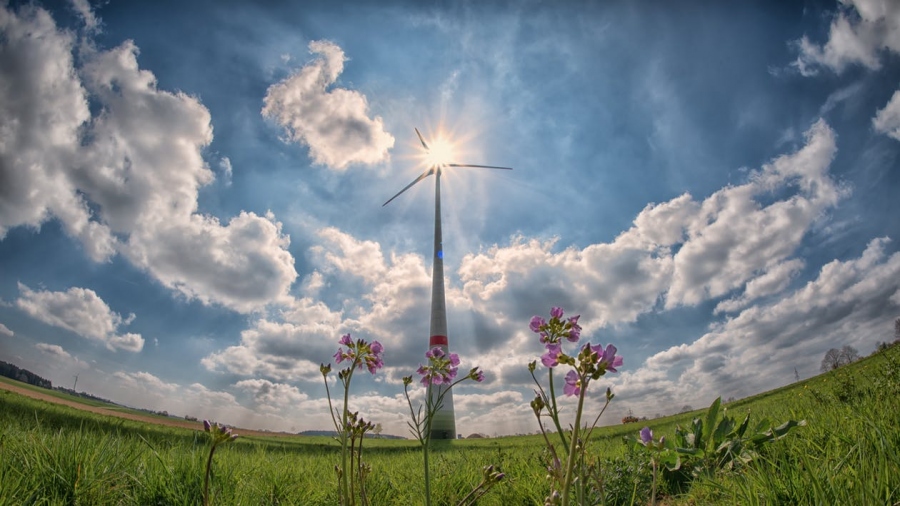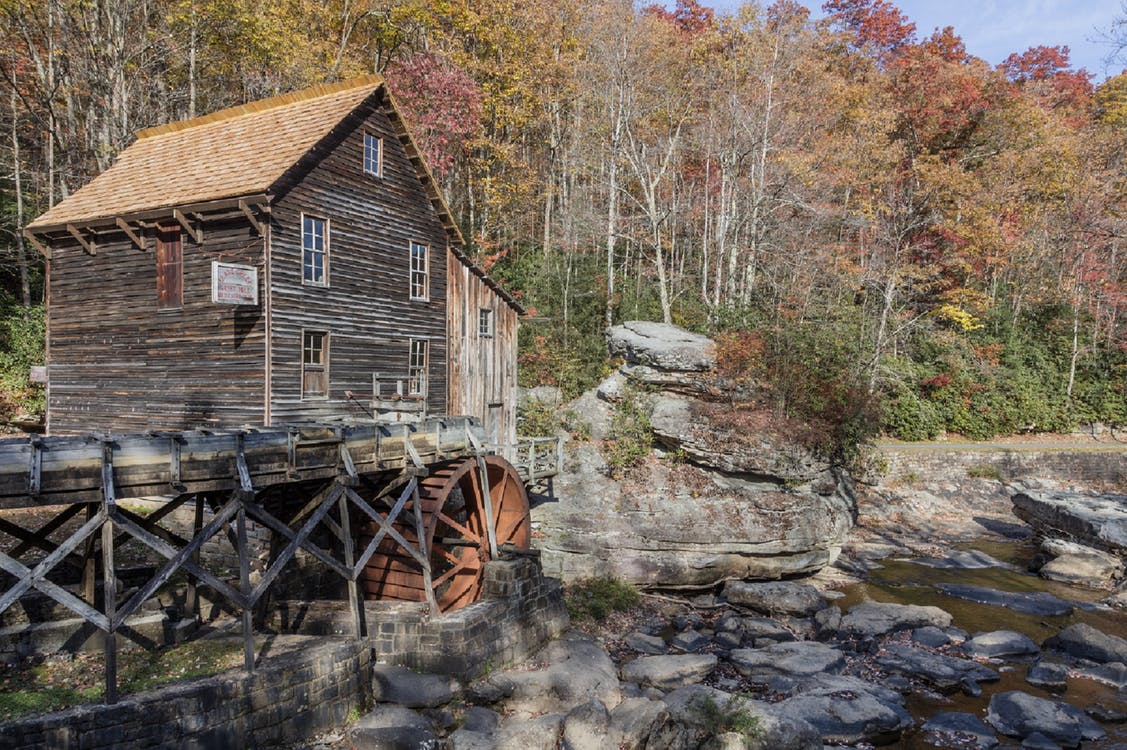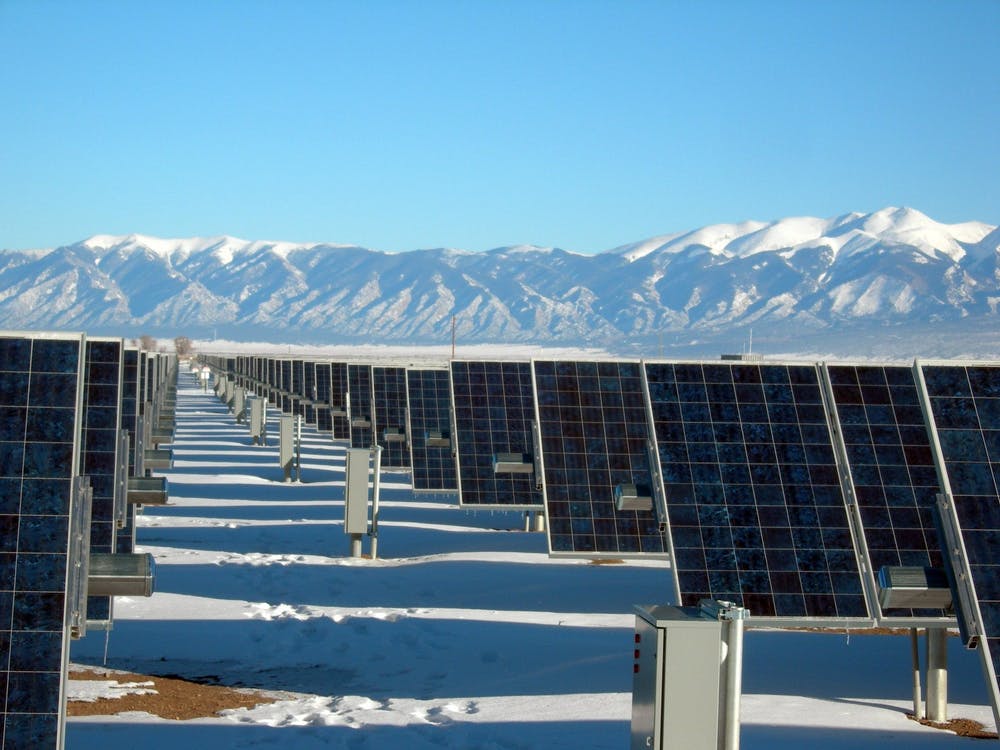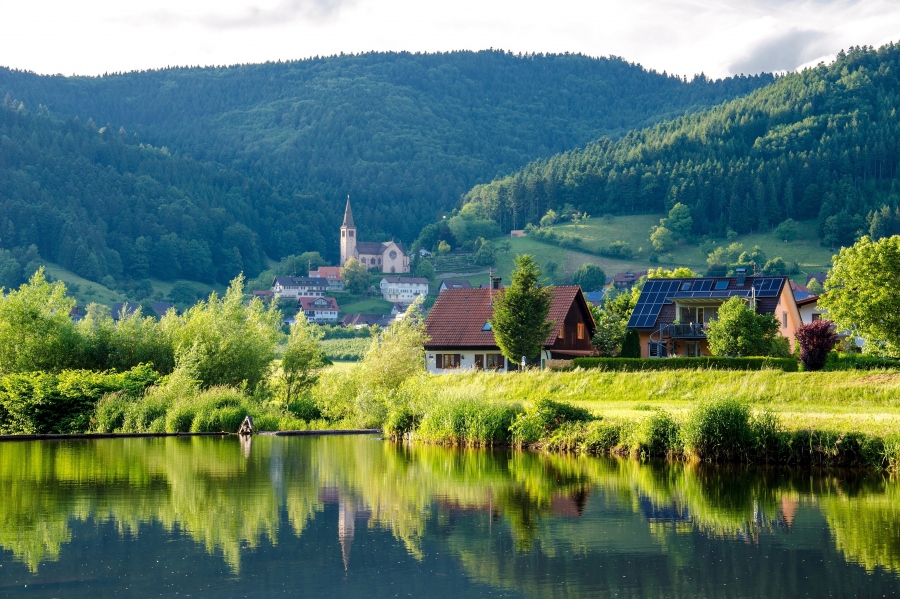The market for renewable energy sources for homes is increasing by the minute and with it the real estate market is evolving. People are always looking for more ways to save money, especially when it comes to utility costs. Relying on alternative sources to power your home is not only cost-effective but also good for the environment. No to mention there are many tax incentives for this type of energy production.
So, if you decide to go green, here are some of the best ways to do it.
Wind power

One of the most common ways of using wind power comes in a form of wind turbines. If you are lucky enough to own a large property, install a small wind turbine to power your household.
The reason you need a large piece of land is that because wind turbines tend to make a lot of noise which makes them not so popular in residential areas. They also take a lot of space so you would be forced to deal with all sorts of laws and zoning regulations.
Yet, despite all the above, harvesting the power of wind is highly efficient. It’s more stable than solar power and it produces a lot more energy, sufficient enough to easily power a home.
Hydropower

Using this type of renewable energy is only possible if you live somewhere near moving water.
You will need a pipeline from a point where the water level is high to a lower point on the ground. The entire process of producing energy revolves around water running downhill and powering the turbine at the end of the pipe.
An energy production system like this is much more reliable and powerful than wind or solar. The simple fact is water runs continuously, without interruptions thus being capable of producing 100 times more energy than other sources.
As far as the maintenance goes, you have to do regular checkups on the turbine. Also, pay attention to the size and pressure power of the stream you are using. If it’s too small, there’s a chance that it will dry out during the summer or freeze in the winter.
Solar power

Solar energy has become the most accessible and common solution for renewable energy. Solar panels are often placed on the rooftops but you can also find them scattered around the yard. To create enough energy for your home, you’ll need photovoltaic solar panels, an inverter, and batteries which can save up some of the energy in case it gets cloudy for a while. Depending on the position you place your panels in, you can produce 10 or more watts per square foot. A typical household usually needs a kilowatt of power to operate on a daily basis so prepare to invest in at least a few square feet of panels.
The amount of energy created by the panels differs depending on the region. If you live in a place with the majority of sunny days, this type of energy production will definitely pay off.
But before you officially go solar, make sure you’ve done all the necessary preparations first.
Check the state of your roof in case it needs any fixing. This is imperative if you opt for the rooftop panels. Consult with experienced remedial builders from your area and do all the preparations before you start with the project.
Another option is to invest in solar shingles which are placed on the roof tiles instead of the actual roof itself.
The biggest downside of solar power is that it’s limited to the number of sunny days. In case you live somewhere the sun doesn’t shine all the time you’ll have to invest in an alternative source of renewable energy.
Geothermal power
Since geothermal power is produced in very large amounts, a home variation is usually limited to heating or cooling. Even so, it is still a huge save when it comes to your utility bills.
The way a geothermal system works is that it uses earth’s stable temperature and replaces the one in your home. During the winter the heat is pumped inside the house and during the summer it’s taken out.
Unfortunately, geothermal pumps are not that highly efficient but some are known to reduce your energy costs by 40%.
Yet, installing a pump which is strong enough to maintain an average home is nowhere cheap. The pump alone can cost up to 8000$ and the drilling costs are close to 30.000$.
None of these renewable energy sources are ideal but we can not depend on fossil fuels alone to withstand us forever. Having alternative ways of power is highly important especially in this day and age when mass consumption has reached its maximum. It may seem complex and costly in the beginning but investing in renewable energy sources will really pay off in the long run.

